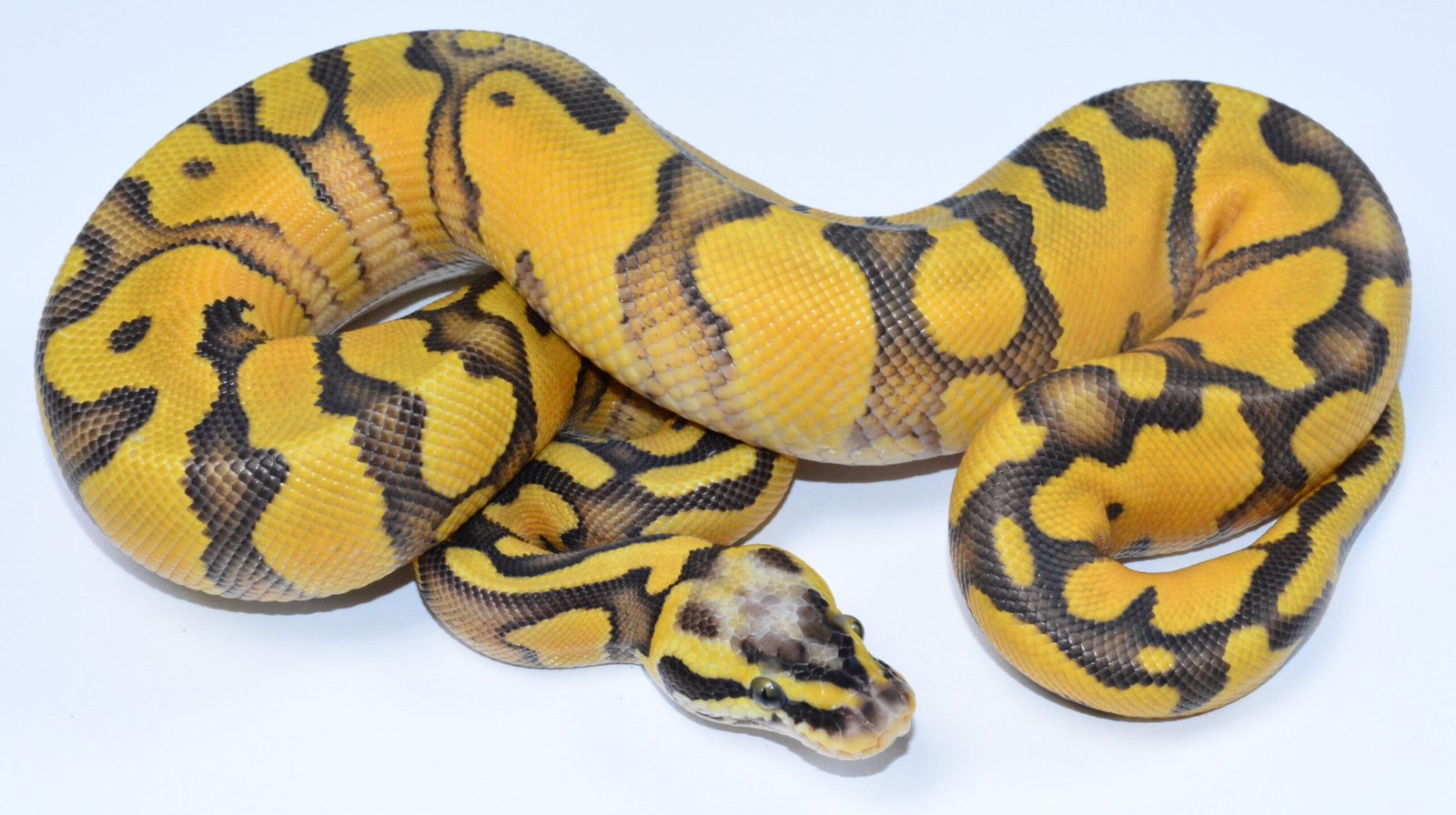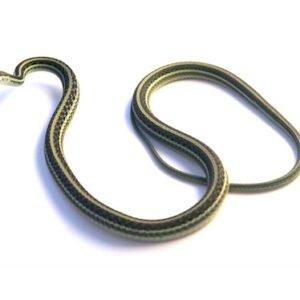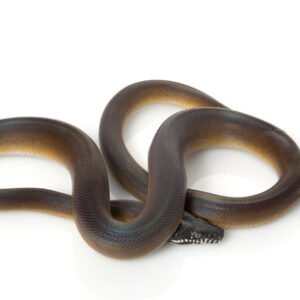Understanding the Pastel Ball Python Morph
The Pastel Ball Python, one of the most popular morphs in the reptile hobby, is renowned for its stunning appearance, characterized by vibrant yellow hues and significantly reduced black pigmentation. This striking coloration is a direct result of the pastel gene, which alters the typical color palette of the standard Ball Python. The presence of the pastel gene softens the overall look of the snake, leading to a lighter and more visually appealing appearance that captivates both seasoned herpetologists and novice snake enthusiasts.
The pastel gene introduces a phenomenon known as “color enhancement,” making the yellows appear more luminous while diluting darker colors. This alteration provides an opportunity for breeders to experiment with various genetic combinations, leading to the emergence of new, visually striking morphs. Historical records indicate that the pastel morph was first developed by breeders in the 1990s, marking a pivotal moment in the history of snake breeding. Key figures in the breeding community, including notable names like Kevin McCurley, played an essential role in popularizing this morph.
Over time, the Pastel Ball Python has influenced the creation of numerous other morphs, highlighting its genetic versatility. Breeders have successfully combined the pastel gene with various morphs, such as the Mojave and Butter, resulting in a breathtaking array of visual patterns and colors. Variations within the pastel morph exist, defined by differing intensities of coloration and pattern anomalies. As breeding techniques continue to evolve, the potential for further advancements in the pastel morph’s lineage remains promising, offering enthusiasts new and exciting options to consider.
Care and Maintenance of Pastel Ball Pythons
Providing proper care and maintenance for Pastel Ball Pythons is crucial for ensuring their health and well-being. These captivating reptiles thrive in a carefully constructed habitat that mimics their natural environment. Firstly, an appropriate enclosure is essential; a glass terrarium or a well-ventilated snake tub can serve as a suitable home. The recommended dimensions for adults are at least 40 gallons, ensuring ample space for movement. It is vital to include both hiding spots and climbing areas, which allows the snake to feel secure.
Temperature regulation plays a significant role in the care of Pastel Ball Pythons. Maintaining a gradient of temperatures within the habitat is necessary for their thermoregulation. The warm side should reach between 88 to 92 degrees Fahrenheit, while the cooler side should range from 75 to 80 degrees. Utilizing heating pads or overhead lamps can assist in achieving these temperatures. Additionally, humidity levels should be kept between 50% to 60%, which can be monitored using hygrometers. Providing a water bowl large enough for the snake to soak in will also help maintain humidity.
Feeding schedules for Pastel Ball Pythons largely depend on their age and size. Juveniles may require feeding once every 5 to 7 days, while adults typically eat every 10 to 14 days. Mice or rats, appropriately sized, are suitable prey options, ensuring that the food is no larger than the widest part of the snake’s body. Owners should be cautious when handling their snakes, especially right after feeding, as this can lead to stress and potential regurgitation.
Lastly, while Pastel Ball Pythons are generally hardy, they may experience common health issues, such as respiratory infections or scale rot. Preventive measures, including maintaining a clean habitat, monitoring humidity levels, and regular veterinary check-ups, are essential for their longevity and health.





